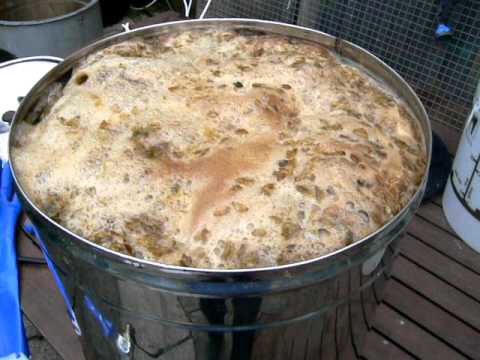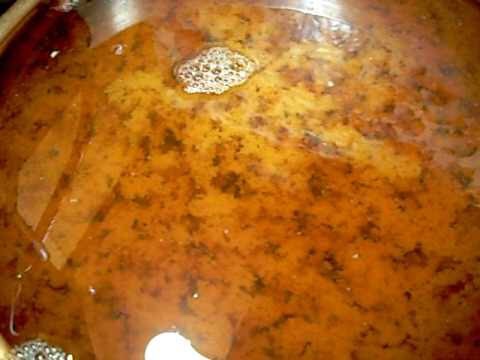Soulshine2
Well-Known Member
It sounds like if we were a little more patient to let it settle out on its own post-chill, we could achieve a clearer wort . For me , its hard to spin it while the immersion chiller is still in there . Once I pull that , it stirs it back up. Next brew, I'll chill it to my usual , pull the immersion coil , restir to cone it up and let it rest 30 mins or so and see what happens.


















































![Craft A Brew - Safale BE-256 Yeast - Fermentis - Belgian Ale Dry Yeast - For Belgian & Strong Ales - Ingredients for Home Brewing - Beer Making Supplies - [3 Pack]](https://m.media-amazon.com/images/I/51bcKEwQmWL._SL500_.jpg)








